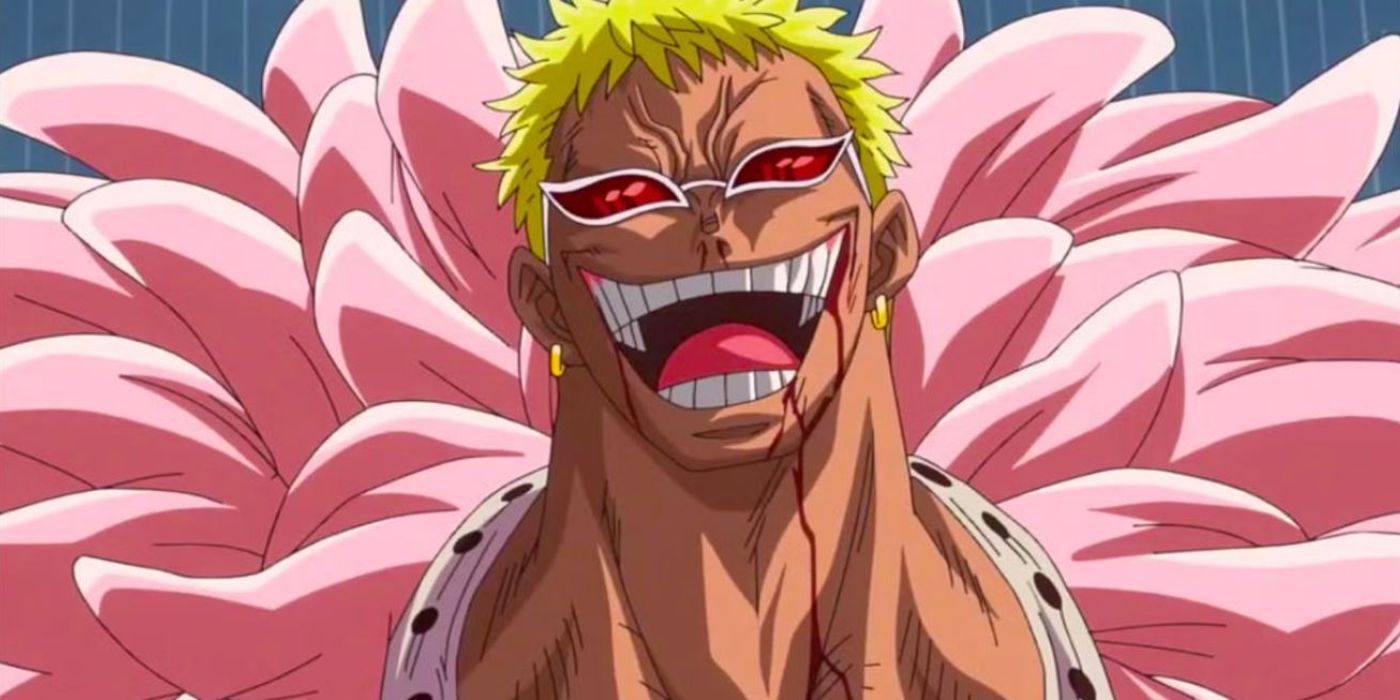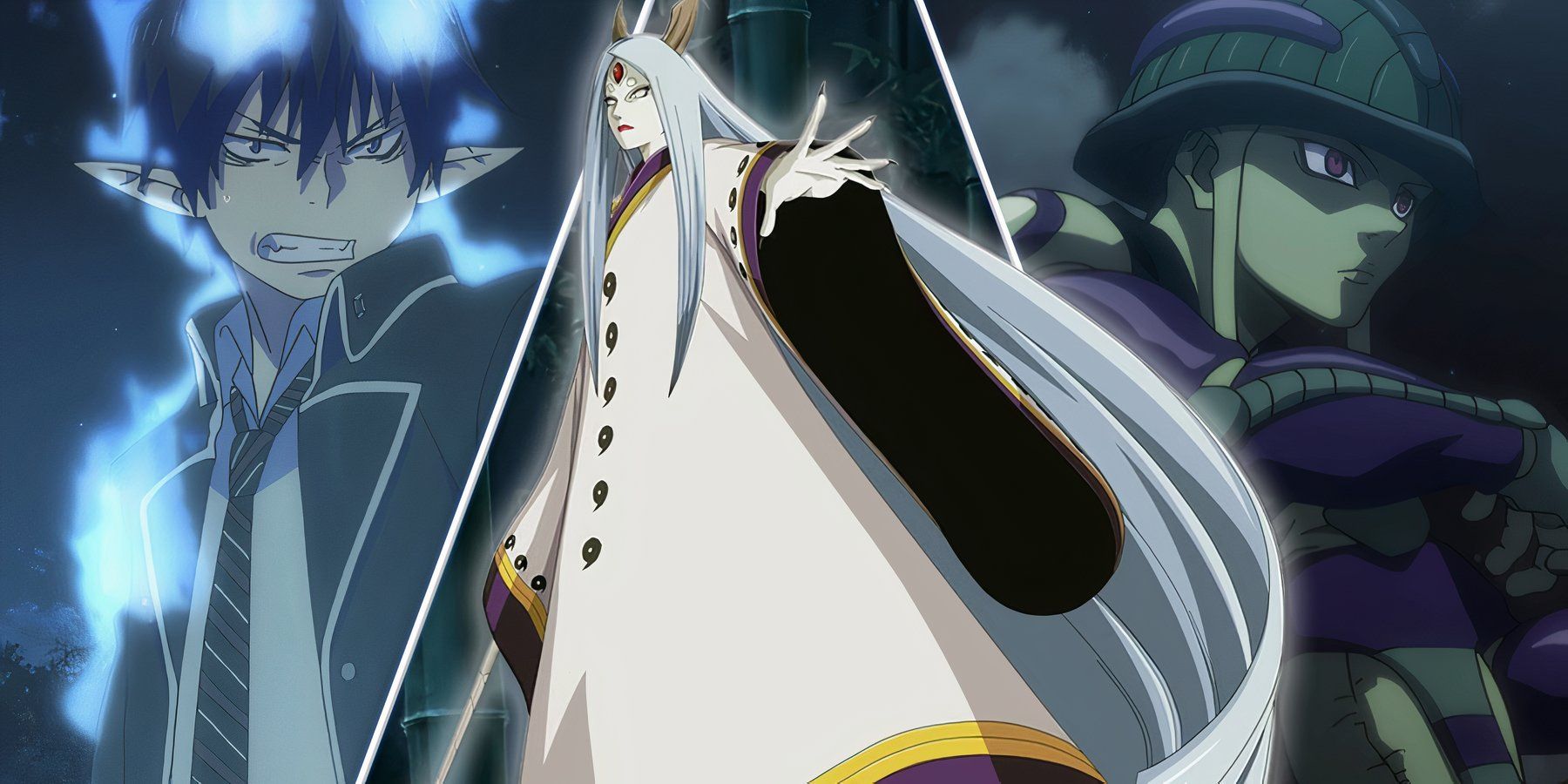
Even highly successful anime shows, ranging from timeless favorites like Naruto: Shippuden to newer hits such as My Hero Academia, often fall into predictable patterns that fans find repetitive, especially as the series go on. Long-running action anime like One Piece, which have been airing for many years, are particularly vulnerable to this, as high expectations can make any letdown feel even more significant.
No matter how popular an anime series is, it’s always vulnerable to being derailed by a single poor story arc. Sometimes, just one bad arc can completely ruin the series, or at least everything that happens afterward. While fans often get overly excited and build up anticipation for new arcs, the animation studios ultimately suffer when a project fails to live up to expectations. Ultimately, even with all the hype, a series can’t recover from a truly terrible arc once the damage is done.
Naruto: Shippuden’s Flop Finale Has Filler, Flashbacks & The Final Boss to Blame
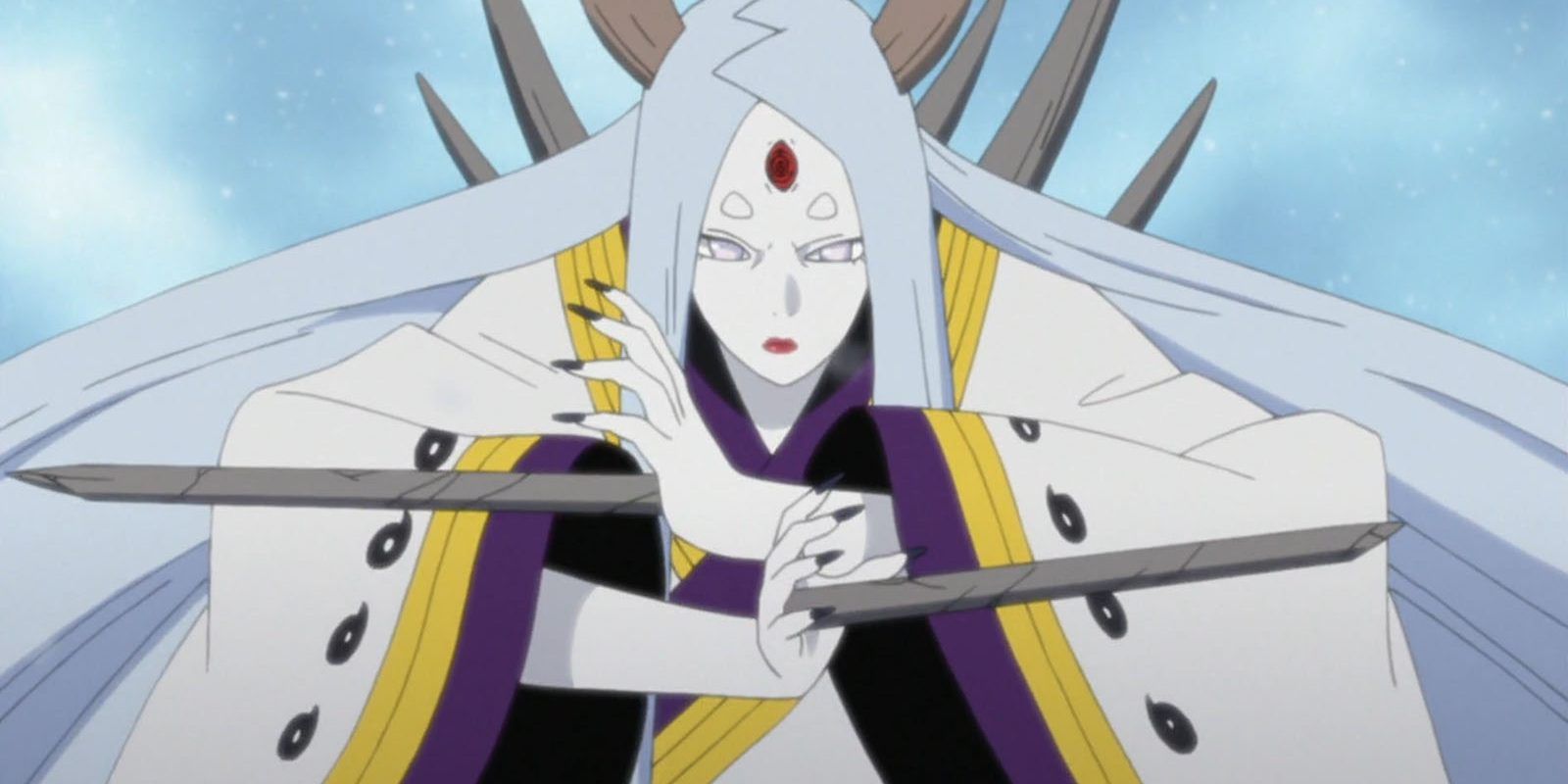
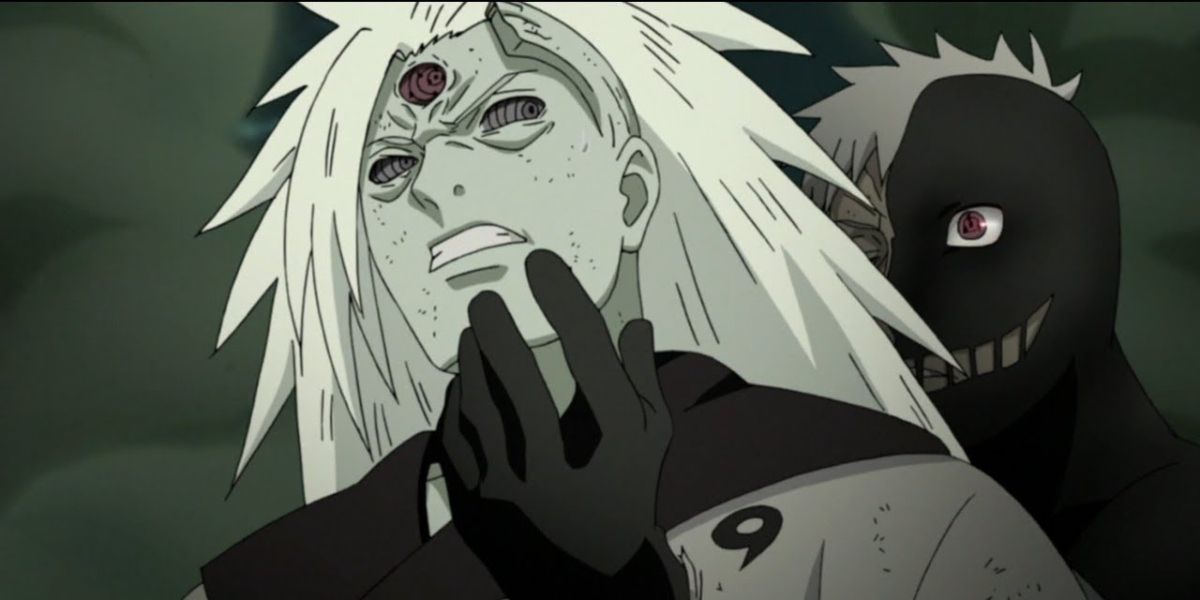
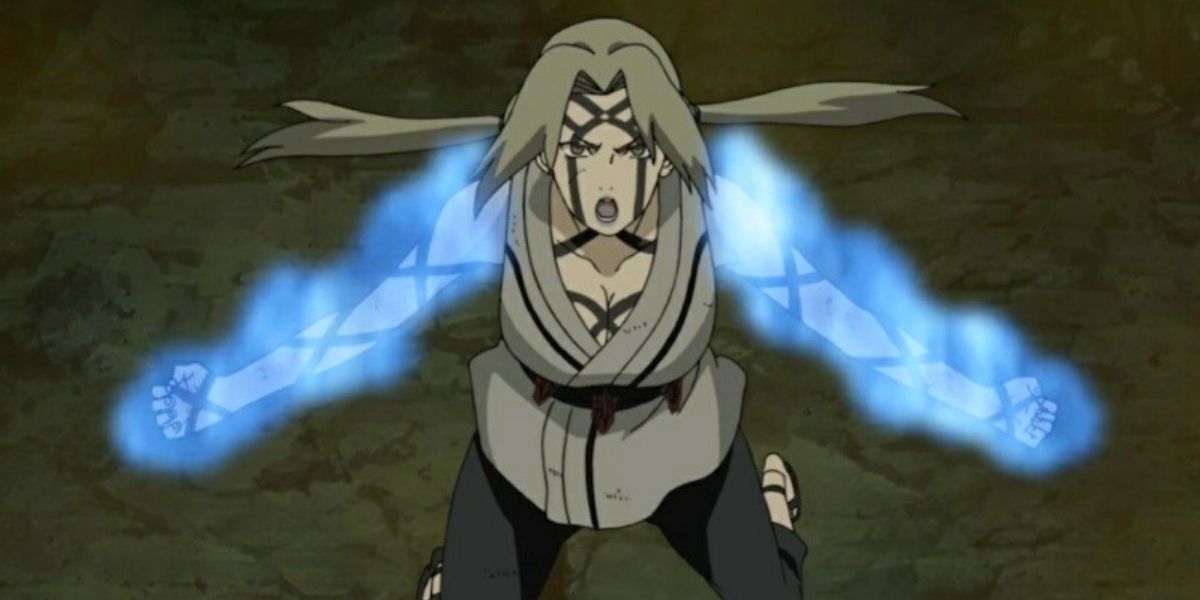
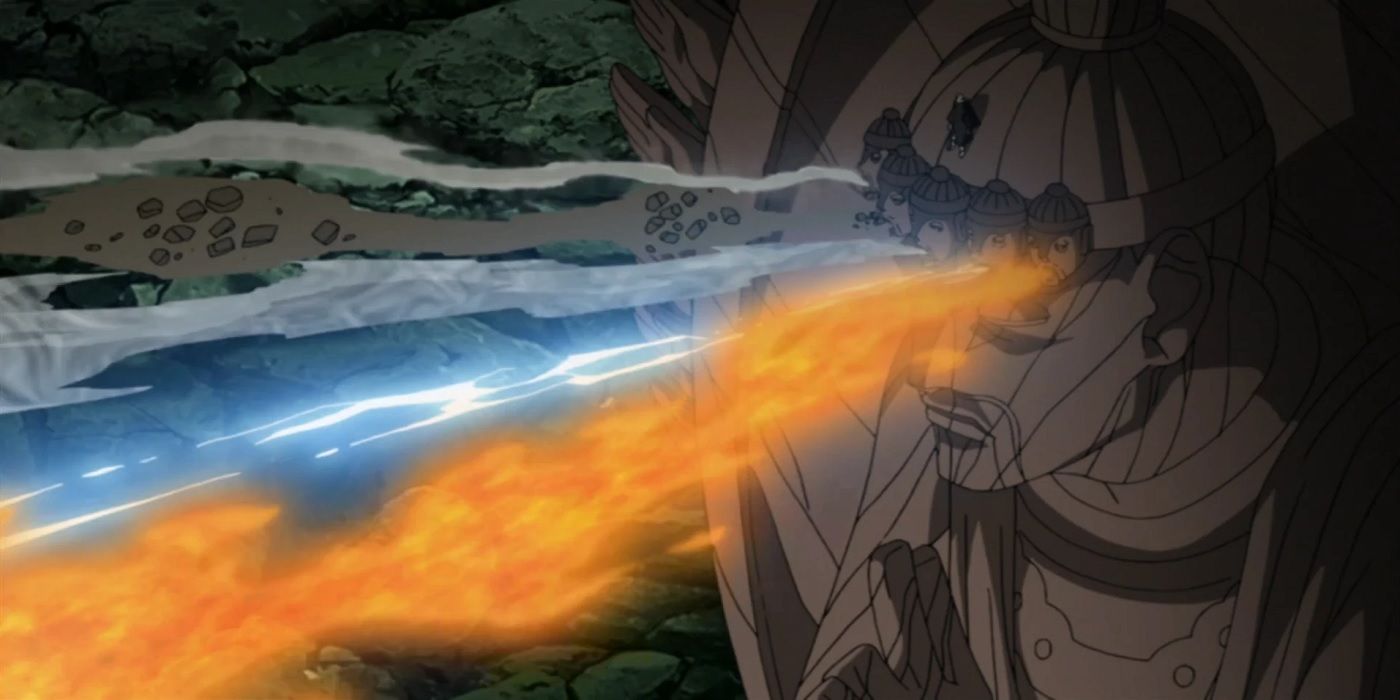
The final arc of Naruto: Shippuden was intended to be the series’ greatest success, but it unfortunately lost its way. It was supposed to showcase the show at its peak, but it didn’t quite live up to expectations. The suspense wasn’t given much room to develop because the Fourth Great Ninja War became weighed down with unnecessary content, like filler episodes and extended flashbacks.
The biggest flaw in Shippuden‘s Fourth Great Ninja War was how they handled the villain. They built up Madara for years, only to then make Kaguya the real threat. In attempting to make the story even more epic, Naruto lost what made it special. The emotional impact of earlier story arcs, like the Chunin Exams and Pain’s Assault, was missing. For a lot of anime fans, the Fourth Great Ninja War Arc didn’t feel like a satisfying ending; instead, it felt like a long and drawn-out story that damaged Naruto’s overall reputation.
Hunter x Hunter’s Iconic Chimera Ant Arc Could’ve Been So Much Better
Hunter x Hunter’s Chimera Ant Arc is well-known for exploring deep psychological themes and complicated moral questions, but many feel the arc didn’t quite finish strongly. It started as a gripping battle between humans and creatures undergoing a frightening transformation, but it eventually became frustrating for dedicated Hunter x Hunter fans. The insightful ideas presented in the Chimera Ant Arc were overshadowed by decisions in how the story unfolded, which ultimately detracted from the anime’s main storyline.
The long, extended scenes near the end of the Chimera Ant Arc lessened the impact and suspense. Rather than the powerful, emotional finish that Hunter x Hunter fans anticipated, the arc’s ending left a lot of viewers feeling exhausted. The arc was certainly very ambitious and had the potential to be the best part of the anime. However, currently, many people recall the Chimera Ant Arc as much for its weaknesses as for its positive qualities.
The Melancholy of Haruhi Suzumiya Ruined Its Reputation With Meaningless Time Loops
When The Melancholy of Haruhi Suzumiya made its comeback after a long wait, fans were thrilled. They’d been eagerly anticipating a new season, hoping it would surpass the previous one. However, they were surprised by one of the most talked-about – and controversial – approaches in anime history. For eight episodes in a row, The Melancholy of Haruhi Suzumiya essentially replayed the same storyline, with only minor variations.
The idea behind it was imaginative, but how it was carried out left many anime viewers feeling drained. A lot of fans who previously praised Haruhi’s originality began to doubt the series as a whole. The Endless Eight isn’t really remembered as a bold experiment; instead, it’s seen as a warning about prioritizing presentation over meaningful content. What had the potential to be a single, outstanding episode unfortunately turned into a well-known story that damaged Haruhi’s previously perfect image.
My Hero Academia Lost Anime Fans With Another Boring Training Arc
The Provisional Hero License Exams Arc caused the pace of My Hero Academia to slow down. It followed the dramatic events of All Might’s retirement and the growing danger of the League of Villains. However, instead of continuing that exciting storyline, My Hero Academia focused on a lengthy school exam. Seeing many minor characters participate in forced competitions felt like unnecessary padding, despite being part of the official story.
The storyline weakened the overall plot’s tension by turning genuine risks into what felt like an extended practice session. While certain character interactions, such as Bakugo’s resolve or Todoroki’s inner conflicts, showed promise, they were overshadowed by uninspired test situations. Compared to the series’ previously impactful arcs, like the Sports Festival or the Kamino Raid, the Hero License Exams felt like a disappointing detour that didn’t live up to expectations.
Doflamingo’s Dressrosa Arc Marks The Start of One Piece’s Worst Pacing
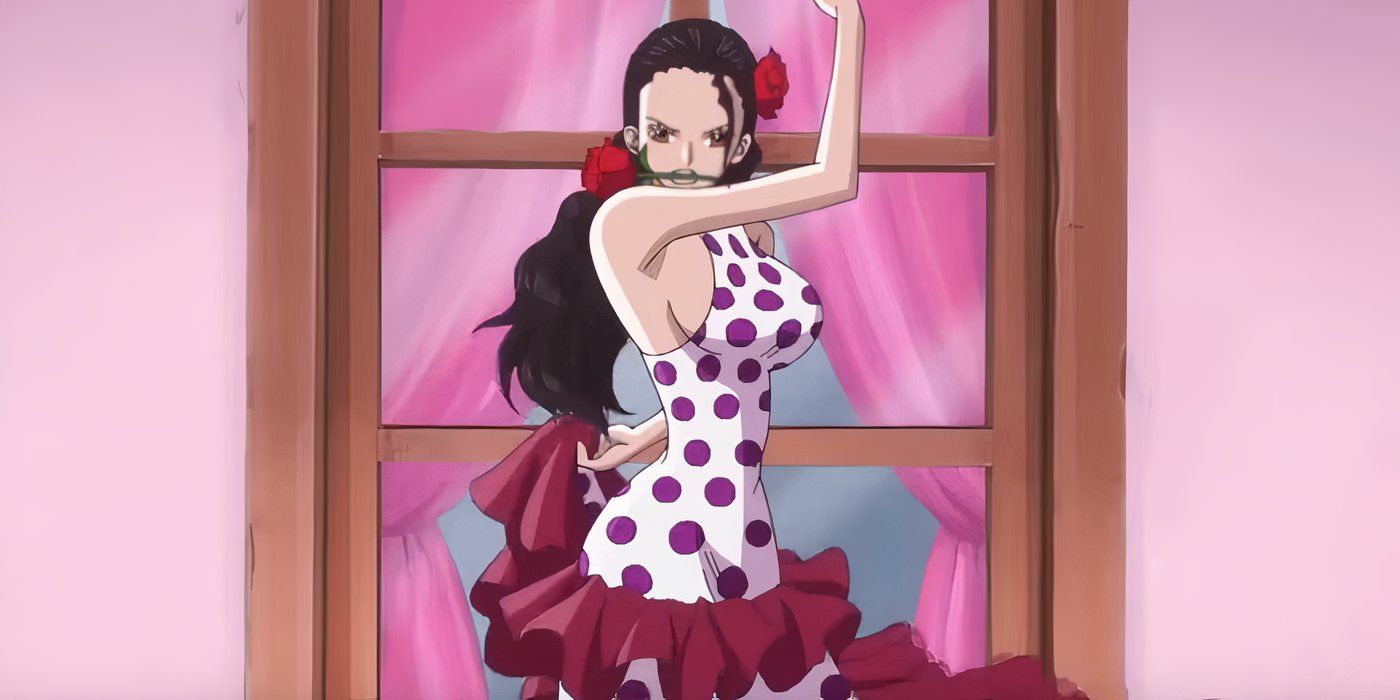
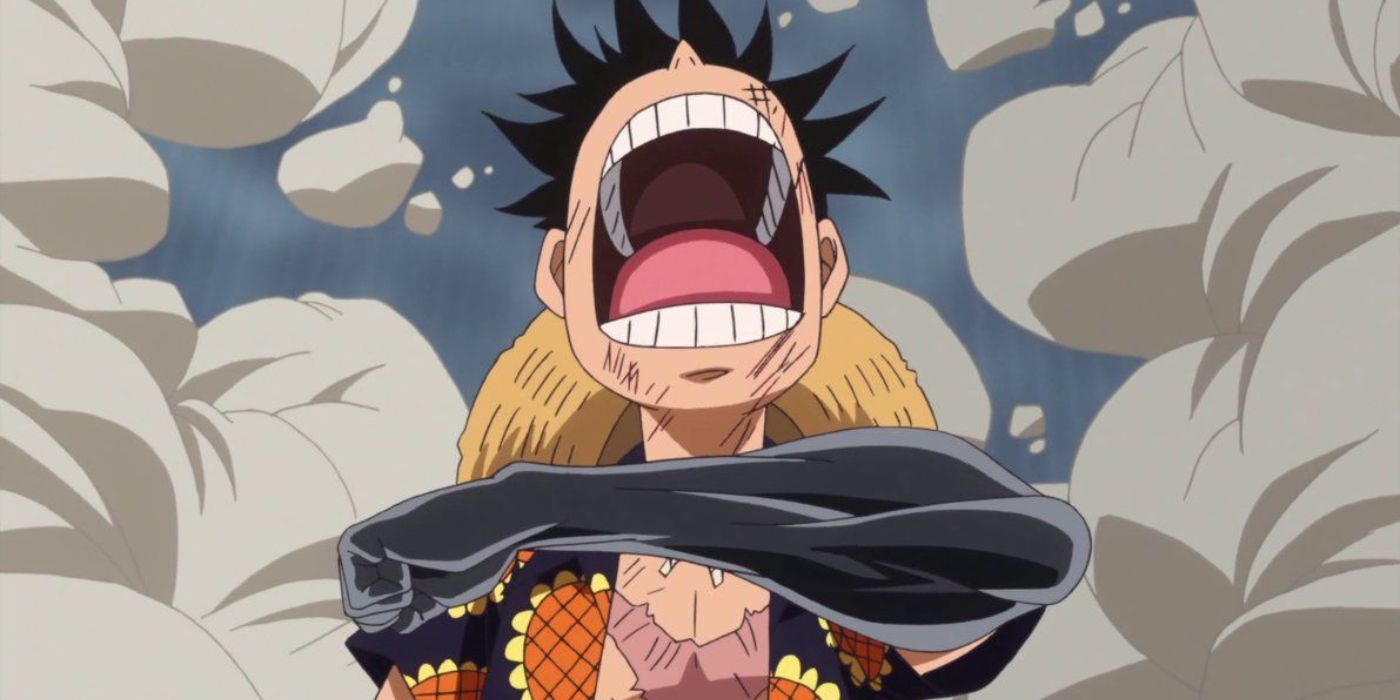
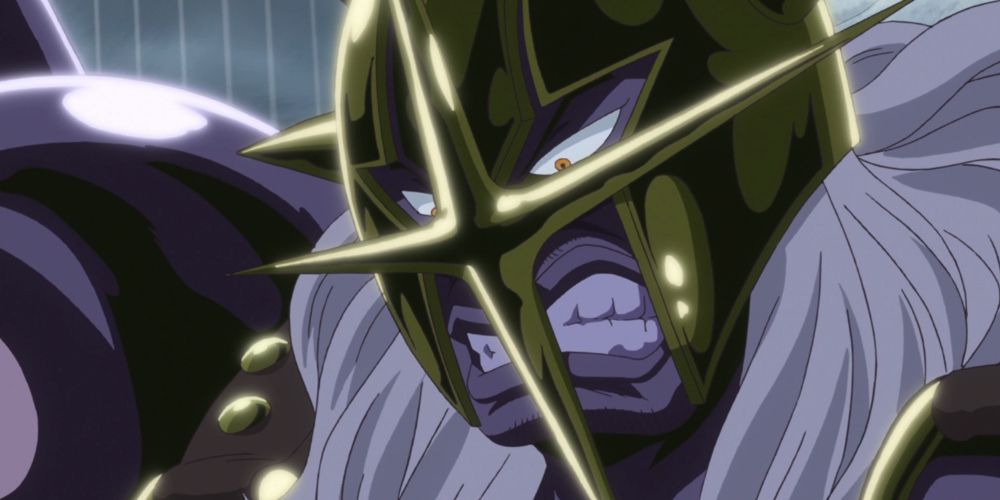
One Piece often features lengthy story arcs, but even its most dedicated viewers found the Dressrosa arc challenging. It began as a crucial storyline promising significant events and exciting new abilities. However, the story stretched on for almost 200 episodes-far longer than it needed to be. The number of side stories increased constantly, and many new characters appeared.
Doflamingo is still present in One Piece, but the significance of that wasn’t fully appreciated because the Dressrosa arc went on for far too long. The extended length of the arc diminished the sense of immediate danger that the story needed. While Dressrosa’s scope is undoubtedly grand, its lack of clear direction ultimately hurts the arc. What could have been the most exciting part of One Piece instead became a prime example of the pacing problems that have continued to affect the anime.
The Grand Magic Games Arc Pushes Fairy Tail Into Repetition and Excess
The Grand Magic Games was promoted as Fairy Tail’s opportunity to demonstrate the guild at its strongest, but the storyline relied too much on familiar tournament tropes. While most popular shonen anime include a tournament arc, this one wasn’t very successful. Although the setup suggested exciting action and character development, the arc soon became stuck in a loop of similar fights and expected power increases. Instead of highlighting what Fairy Tail does well, it unfortunately revealed some of the series’ weaker tendencies.
Battles were won through determination and grit, not clever tactics, and the overall storyline became disorganized. The story moved slowly, needlessly prolonging fights long after they had lost their impact. Rather than developing the world, this storyline felt like it only existed to delay satisfying conclusions. For a lot of fans, this arc was when Fairy Tail began to feel repetitive and lost its originality.
Sword Art Online Derailed Immediately After The Anime’s Most Beloved Arc
Sword Art Online initially captivated audiences with its first story arc, but the Fairy Dance Arc nearly ruined that success. Instead of the thrilling virtual world fans had come to love, they received a less exciting VRMMO lacking the same sense of danger. To make matters worse, Asuna, a fan-favorite character, was reduced to being a prisoner, while Kirito was left to handle everything on his own. The villain, Sugou, was such a cliché that he came across as a caricature, completely removing any suspense from the storyline.
After such a strong and exciting start, expectations were high for this story arc. Sadly, instead of continuing that promise, Fairy Dance fell into predictable patterns. Viewers who had celebrated the anime’s brave beginning were left feeling let down. This arc served as an early indication for most fans that SAO‘s popularity would rely on buzz rather than genuine quality.
One Too Many Plot Twists Eventually Killed Death Note’s Anime Run
Death Note started out incredibly promising, poised to become a true masterpiece, but the quality noticeably declined after the character L died. Instead of building on its strengths, the story became weaker, and the new characters simply didn’t have the same impact. The clever, strategic battles that made the anime so compelling were reduced to a less exciting version of what came before. Light’s intelligence didn’t seem as impressive because he faced fewer real challenges, and the suspense disappeared. Furthermore, dividing the focus between Near’s cold, calculating methods and Mello’s wild, unpredictable behavior made the plot feel confusing and less focused.
When the final confrontation finally happened, the intense psychological drama that made Death Note so famous wasn’t as strong anymore. Viewers who used to be amazed by every surprise started noticing problems with how the story moved forward and how the characters were written. Although the series ended with a finale people still remember, the events leading up to it are often cited as a great example of a promising start that didn’t quite live up to its potential.
Blue Exorcist’s Anime-Only Arc Breaks Its Own Story
Blue Exorcist’s anime-only story arc is often considered a major disappointment in how adaptations can go wrong. After the first season finished adapting the manga, the creators made an unusual decision. They added a completely original arc that fans disliked so much it never even received a proper title. The season had been building momentum and viewers were eager for the finale, but this detour hurt the anime’s standing by confusing those new to the series and frustrating readers of the manga.
The series, which had the potential to be a great shonen anime, felt uneven. Character growth felt pointless because of later changes to the story. Although the arc aimed to create more drama and develop supporting characters, it actually showed how problematic unnecessary filler can be when it’s presented as part of the official story. Even with the return of Blue Exorcist and its renewed success with newer seasons, this storyline still casts a shadow on the series’ overall reputation.
Attack on Titan’s Controversial Ending Left the Fandom Bitterly Divided
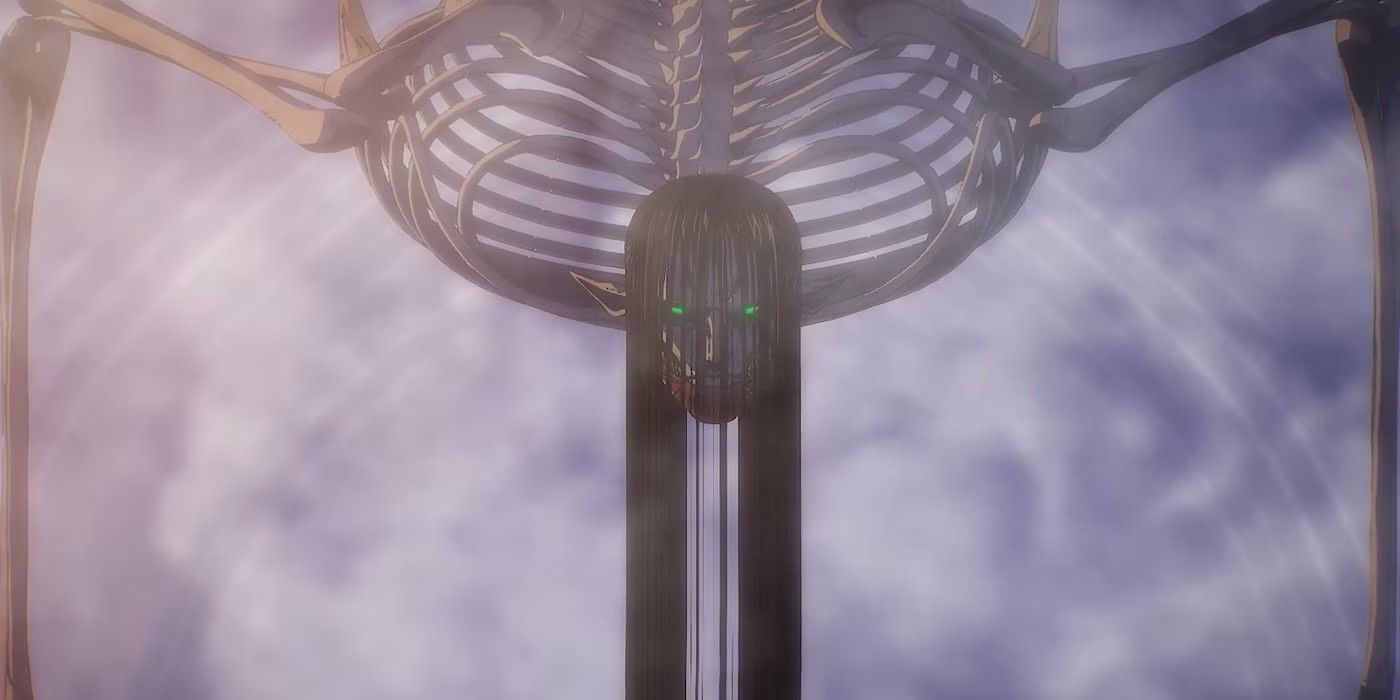
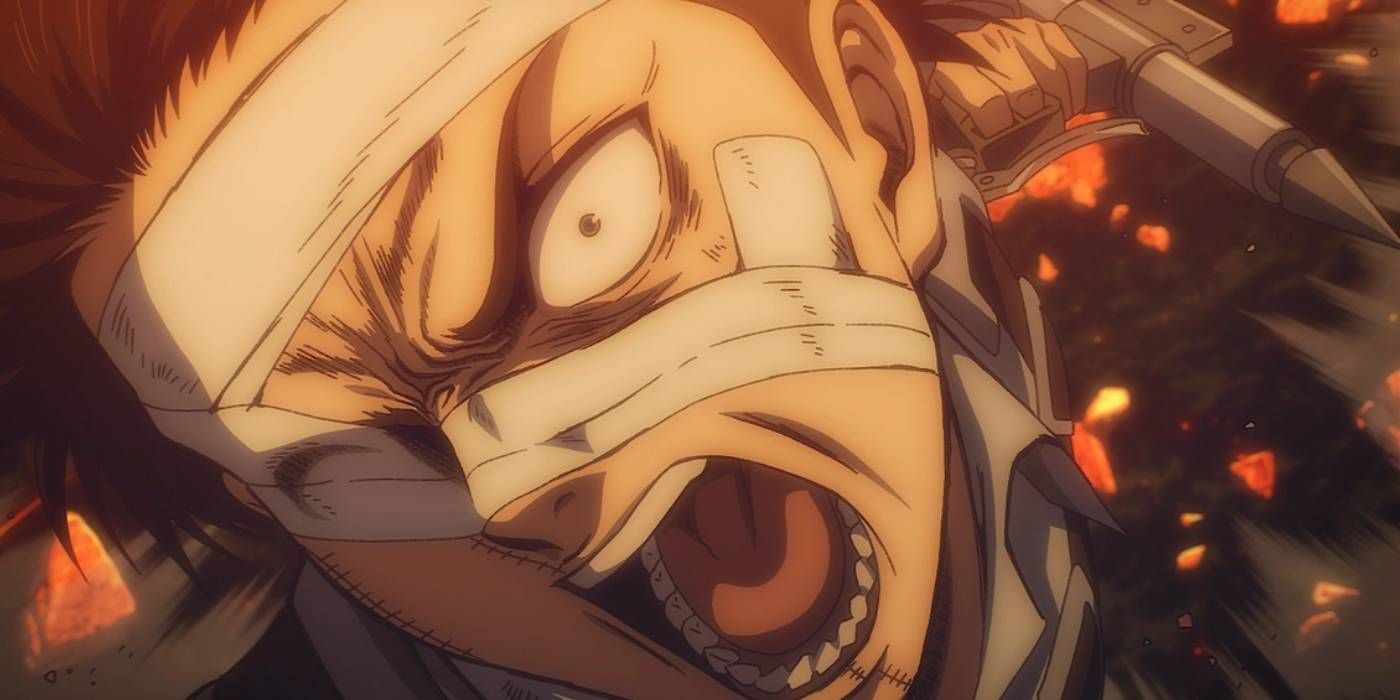
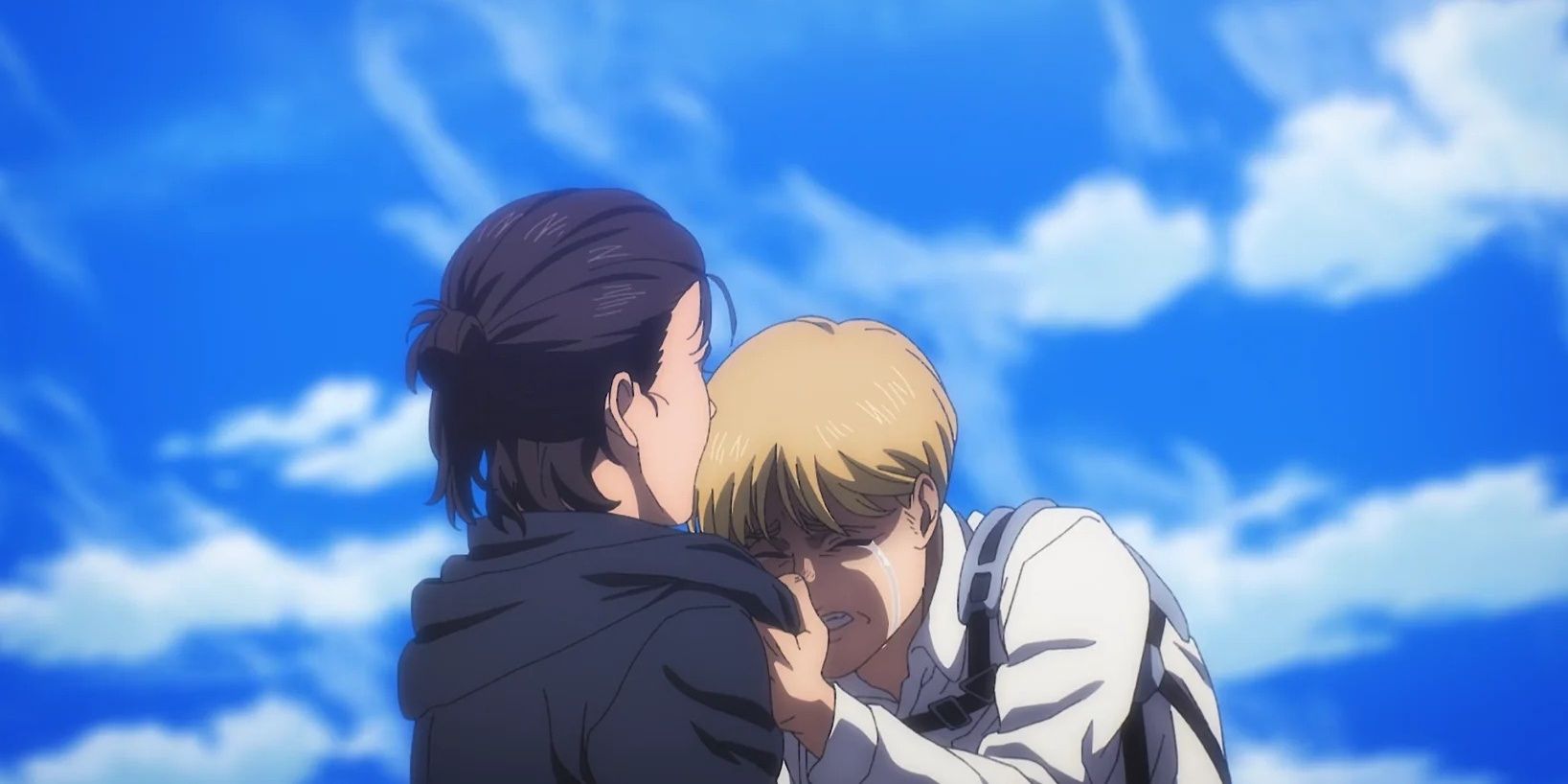
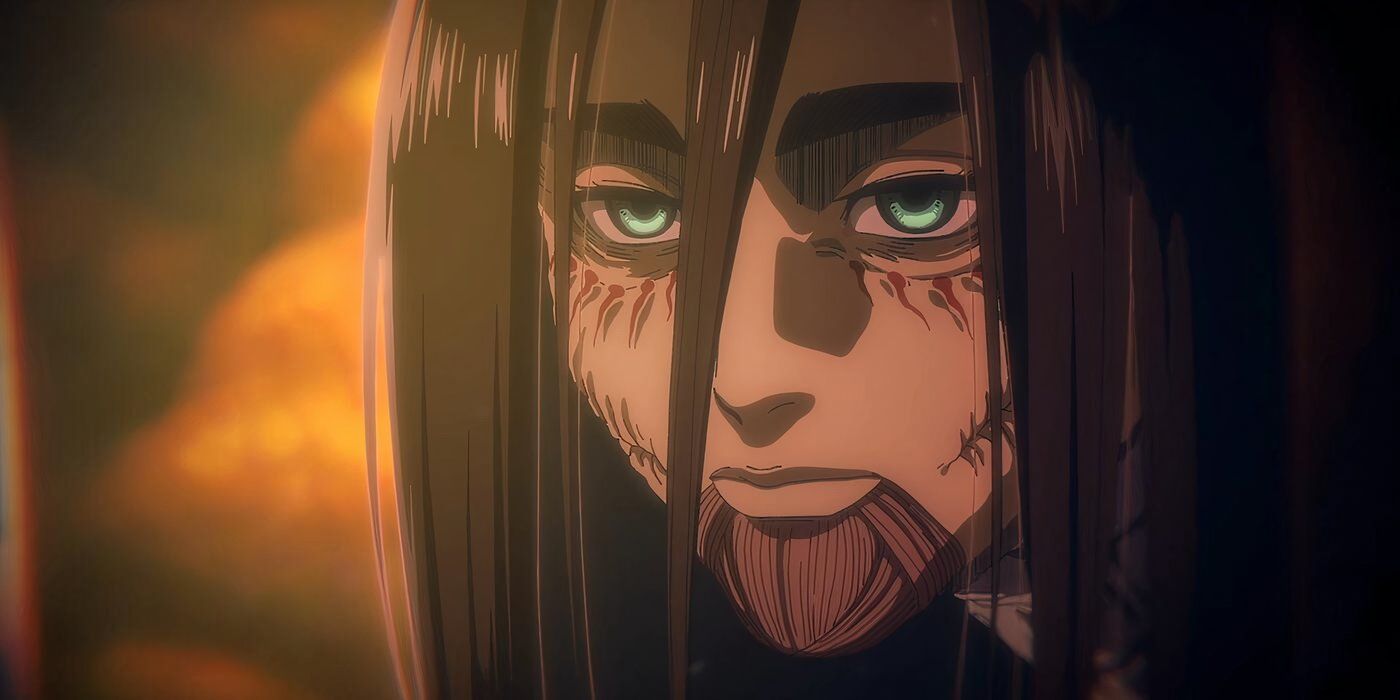
Attack on Titan is often hailed as a standout anime series of recent times. For a long time, it received almost universal praise, but the final season sparked a lot of debate that’s still ongoing. The series was incredibly well-done for most of its run, but the ending proved divisive. Some viewers appreciated the complex and challenging conclusion, while others believed it undermined everything the show had built up previously.
Years of careful planning fell apart due to rushed explanations and unpersuasive changes to the story’s core beliefs. The Rumbling, intended to be a frightening climax, turned out to be visually impressive but lacking in meaningful depth. This conclusion has significantly altered how many fans now view the Attack on Titan series and its overall impact.
Read More
- Hazbin Hotel season 3 release date speculation and latest news
- Silver Rate Forecast
- Gold Rate Forecast
- Fishing Guide in Where Winds Meet
- Britney Spears’ Ex Kevin Federline Argues Against Fans’ Claims About His Tell-All’s Effect On Her And Sons’ Relationship
- 🚀 XRP to $50K? More Like a Unicorn Riding a Rainbow! 🌈
- BrokenLore: Ascend is a New Entry in the Horror Franchise, Announced for PC and PS5
- Two DC Comics Characters Have Lifted Thor’s Hammer This Week (And Everyone Missed It)
- 7 1990s Sci-fi Movies You Forgot Were Awesome
- Taming Quantum Chaos: A Stochastic Approach to Many-Body Dynamics
2025-10-04 05:46
